Camouflage is a technique widely used for many years to blend into an environment and thus go unnoticed. There are several types of camouflage patterns, each with their own characteristics and advantages depending on the situations where they are used. In this article, we invite you to discover the different existing camouflage patterns and their applications.
The origins of camouflage
The first traces of the use of camouflage date back to prehistory, where men covered their body with paintings or natural elements to blend into their environment during hunting. But it was truly during the First World War that the technique developed, mainly to hide the troops and avoid enemy air recognition. Since then, camouflage patterns have constantly evolved to adapt to new military needs and technologies.
The different types of camouflage patterns
The choice of a camouflage pattern depends mainly on the environment in which it will be used. Here are some examples of commonly used patterns:
- Woodland: This pattern is made up of leaves, branches and green, brown and black spots. It is ideal for forest or wooded environments.
- Desert : As its name suggests, this motif is specially designed for desert areas. It is made up of beige, brown and gray spots to blend into the sandy landscape.
- Urban: Designed for urban areas, this pattern is characterized by geometric shapes and gray, black and white colors that recall concrete buildings and structures.
- Nieve: This camouflage is intended for snowy environments and mainly includes white and gray shades to imitate snow and ice.
- Multicam: This versatile motif has been developed to be used in a wide variety of environments. It combines several shapes and colors to provide optimal efficiency in different types of land.
Camouflage patterns specific to different armies
Many countries have developed their own camouflage patterns to meet their specific concealment needs. Here are some notable examples:
French camouflage CCE (Camouflage Center Europe)
The CCE is the standard camouflage motif of the French army since 1991. It is inspired by the American Woodland motif and consists of a set of green, brown and black spots on a beige background. It is particularly suitable for temperate European environments, such as forests, fields or wetlands. He recently evolved: see Our full article.
British Camouflage DPM (Disruptive Material Pattern)
The DPM is the historical reason for the British armed forces. There are several variants, the best known of which is the "Woodland DPM", composed of irregular green, brown and black forms on a beige background. The DPM was replaced by the MTP (Multi-Terrain Pattern) in 2010, which combines the characteristics of Woodland and Desert.
Russian camouflage Flora
The Flora motif has been used by the Russian armed forces since the 90s. It is characterized by green, brown and black spots on a light beige background, similar to those of the French CCE. This pattern is also available in a desert version, called "Caillou". New patterns have recently developed to adapt to the specific needs of the different Russian units.
Civil applications of camouflage patterns
If the camouflage patterns are mainly associated with the military domain, they are also popular in the civil world for various reasons:
- Hunting : Hunters use clothes and Camouflage accessories To blend into their environment and avoid being identified by wild animals.
- Airsoft and Paintball: These playful sports based on combat simulations also use camouflage patterns to give a touch of authenticity and strengthen immersion.
- Fashion : Camouflage patterns have also won over the fashion world and are often used in urban outfits or streetwear. It is not uncommon to see clothes and accessories in the colors of the Woodland, Urban or even Multicam pattern.
When we talk about military and tactical equipment, the subject of camouflage returns sooner or later. We could browse the whole history of humanity, from hunting and daily survival to the long history of wars and conflicts. But when it comes to camouflage printed on uniforms, attention is rapidly focused on the 20th and 21st centuries. This is the reason why I want to evoke some milestones in the history of camouflage, emphasizing "Western" reasons.
If you are already familiar with the evolution of camouflage patterns and you are interested in a specific part, you can access these sections by clicking on the links below.
Families of camouflage patterns
Although several armies began to use uniforms of uniform in the 19th century due to the evolution of the nature of the war, only the First World War made it necessary to use camouflage on a large scale.
Camouflage in the 20th/21st century
The reasons are to be found in the conflict and its new technologies.
Air recognition made the concealment of facilities and equipment necessary, and due to new weapons systems (long -range rifles, machine guns), it was crucial to "hide" the soldiers.
France had to learn it at its expense during the first phases of the First World War, being the only country to still use very visible uniforms.
But the French quickly learned and began to use artists and theater decorators to develop techniques allowing to hide everything, from vehicles to buildings.
These people were called "camouflers", hence the term today widely used of "camouflage".
Register to receive other information of this type.
Enter your email address and stay informed of future subjects on camouflage patterns.
You register to receive updates by email, which you can unsubscribe at any time. Read our privacy policy.
They have developed disruptive reasons and formed the military units to use these approaches to hide their equipment. This is how painting work appeared and the first camouflage nets.
The objects were not only hidden: the concept of mimicry (to pass something for something else) also made it possible to deceive people. The papier mache heads, used to attract enemy fire, or hollowed -out trees, to hide elite shooters, are examples.
Several scientists and artists are considered key figures in the history of camouflage and must be cited.
British zoologist Hugh Cott and Sir Edward Poulton studied camouflage in nature.
The American painter Abbott Thayer introduced the concepts of counter-shade and disruptive coloring in the speech.
Another name that deserves to be mentioned is that of Roland Penrose, a British painter who exerted a great influence during the Second World War (WW2).
And if some of these names tell you something, Penrose and Cott are at the origin of the name of the present family Pencott of Hyde Definition. But back to our initial chronology.
Pencott's Greenzone camouflage pattern.
The period of the interwar period was marked by the production of camouflage prints on fabric.
It is first of all the "M1929 Telo Mimetico" Italian, then the "Buntfarbenmuster 31" German, also called "Splittertarn". These fabrics were in fact printed on shelter halves and provided basic camouflage when they were worn as poncho.
It was only during the Second World War that the industrial printing of camouflage fabrics and the manufacture of widely disseminated uniforms have become the standard.
At first, these uniforms were reserved for elite troops, such as paratroopers, and later to the rest of the military branches. The Waffen-SS, in particular, was equipped with several different models, all designed by Johann Georg Otto Schick, an art teacher based in Munich.
American forces used camouflage mainly on the Pacific theater, because their Frogskin/Duck Hunter motif was confused with enemy forces on the European battlefields.
The Second World War also laid the foundations for many patterns of camouflage to come. The British pattern Brushstroke, used on the famous Denison blouse, can still be found in many variants today.
And the name says everything: the initial motif was literally painted on the blouses with brushes, thus creating a variety of unique jackets.
Sufficient reason to take a look at the genealogical trees in the history of camouflage.
Families of camouflage patterns
There are more than 10 families of camouflage patterns. "Basically", because it is a question of discussion, perspective and region.
Nowadays, a multitude of stylists currently create hundreds of patterns, most of us have probably never heard.
Brushstroke
One of the grandfars of camouflage.
First used by the United Kingdom, he quickly influenced other countries such as Belgium and France (the motive of the lizard) to make their own versions of this reason in the 1950s and 1960s.
It is still used in countries like Pakistan or Zimbabwe (which inherited it from rhodesia).
Chocolate chip
Officially called "Six Color Desert", he became widely known thanks to the first American Gulf War, as is the more subtle version "Three Color Desert".
It has become so popular that it is still used by various countries in the Middle East under different variants.
DPM
British "disruptive pattern pattern".
Like the M81 Woodland, it has become one of the most used camouflage patterns in a variety of colored copies and diagrams.
Digital motifs
Digital patterns are not necessarily pixellized camouflage patterns - a very widespread false idea! In fact, digital reasons are those based on computers and algorithms.
There were already pixelated patterns long before Canada began to distribute pixelated uniforms in the late 1990s.
The USMC followed this example and created the Marpat in 2001. But if the CAPAT or the Marpat can be digitally designed, the same goes for the Vegetato, the Multicam, etc.
Duck hunter
One of the least known motifs in Europe, it has its origin in the American camouflage M1942 of the Second World War. Used mainly during the Pacific War, its descendants are found in Asia, but also in Latin America and South America. The Australian DPCU is also considered a "parent".
Flecktarn
Fruit of the Truppenversuch 76 of the Bundeswehr, this motif is not only a registered trademark of Germany, but it has also given birth to several similar reasons in Belgium, China, Denmark and Poland.
LEAF
In 1948, the American army research and development laboratory created the ERDL motive, which was not only synonymous with the Vietnam War, but which also influenced several other reasons.
An enlarged version of 60 % has become the M81 Woodland and other countries use it in one way or another.
PUZZLE
These reasons are quite unique, especially if we consider that several of them appeared independently during the 20th century. Starting with Belgium, but also the Philippines and Yugoslavia.
RAIN
The graphic element of "rain" was initially inherent in the German motifs of the Second World War, imitating the grass.
Later, the countries of the Warsaw Pact used the vertical lines on united colors, thus creating a very effective visual noise against night vision devices.
Splitter
Although the Splittertarn motif is closely associated with the Second World War, it is still widely used.
Switzerland used it until 1955, but it was also the initial camouflage of the Bundeswehr and the Bundesgrenzschutz Germans. There are several variants in Bulgaria and the Swedish M90 is the most modern variant today.
Tigerstripe
Cousin du Brushstroke, he is inspired by the French motif Lizard. Quickly became a reason in its own right, it is found in various jungle environments.
Motifs developed at national and civil level
In the early 2000s, a new phase of camouflage development started, not only in terms of pixellized patterns, but also with regard to the approach to camouflage itself.
The Natick laboratories of the American army have teamed up with Crye Precision (CP) to develop a universal motif adapted to different environments and areas of vegetation.
The result of this cooperation was the "scorpion" motive. Tests on American army uniforms in 2004, however, resulted in a different motif: a recolorized version of the Marpat pixelated motif, called Universal Camouflage Pattern (UCP).
Crye Precision decided to continue the development of Scorpion and to market it under the name of Multicam.
In the conservative military circles, the multicam was first ridiculed as "airsoft camouflage", but the soldiers of the American army quickly learned to appreciate it when it was used in Afghanistan, where the UCP motif gave such bad results that it was even considered dangerous.
Following these reactions, the American army launched the effort to improve camouflage (CIE), so that, in the initial phases, the multicam was used exclusively as part of the Afghanistan campaign.
The last phase of the Cie has changed everything.
It opened a call for tenders for a new camouflage family, designed for arid, transient and wooded/jungle environments.
Needless to say, it sparked a "gold rush" for designers. All of a sudden, several companies began to participate in the tender or to take advantage of the new camouflage market.
Finally, four companies were chosen to provide fabric for subsequent tests: Crye Precision, ADS/Hyperstealth, Brookwood and Kryptek.
Crye was retained (without puns), but the finalization of the contract was interrupted due to the license rights for printing.
Consequently, the American army returned to the original model of the Scorpion and did the same thing as Crye: to modify it just enough to avoid legal repercussions. The Scorpion W2 was born.
Current status quo
The gold rush mentioned above is now over.
And even if new catambles of camouflage with different approaches still arrive on the market, the current domination of multicam and its derivatives is uninterrupted.
In fact, in terms of popularity and generalized use, we could compare it to the M81 Woodland.
The color palette and the general aspect of the multicam have become the new standard in NATO forces. Even the Russian special forces community adopts the reason.
The future reserves us different challenges based on technology.
Floor radars and hyper-spectral technologies like infrared require modern armies to rethink camouflage. In the long term, smart materials will become easier to produce and widely available.
For example, Guy Cramer finally opened on the subject: Guy Cramer has finally opened up to his Quantum Stealth technology, which uses layers of different shapes to bend the light around the objects.
If this technology is mainly intended to hide infrastructure and larger objects, other scientists work on smart tissues that use optical, electric and magnetic properties to change color, while being able to escape hyper- spectral.
Floor radars and hyper-spectral technologies like infrared require modern armies to rethink camouflage.
CONCLUSION
The last one hundred years have been very eventful with regard to camouflage. Some reasons are emblematic of certain wars and are deeply anchored in our cultural memory.
In addition, new developments are often the result of the evolution of the nature of war or technology itself.
The current development of hyper-spectral devices testifies to this.
Operations have evolved towards highly specialized night missions and asymmetrical threats. The great availability of low -cost drones does not make things easier.
Camouflage enthusiasts will not be disappointed in the years to come, because many exciting developments are coming.

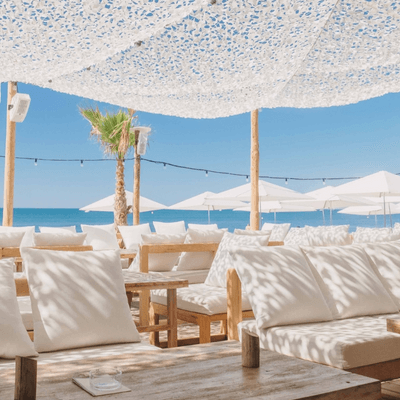
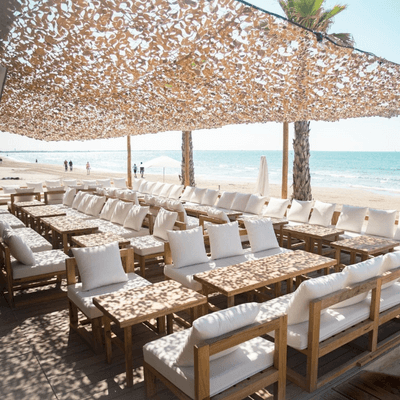
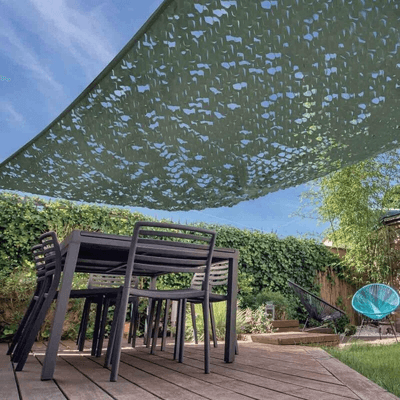
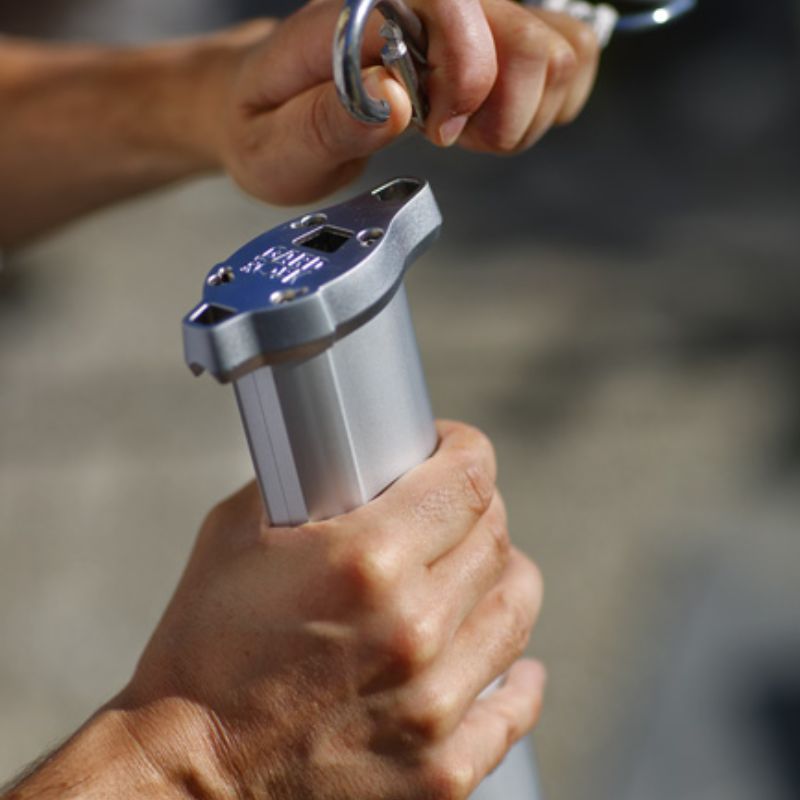
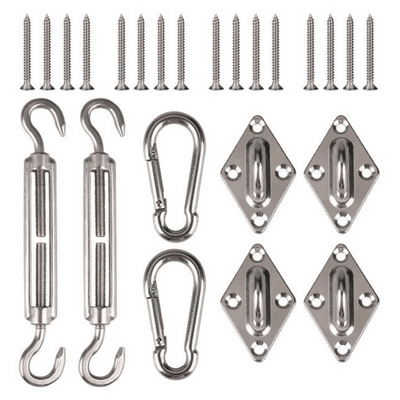
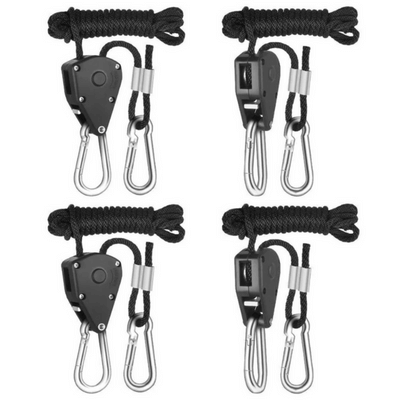
Let a comment
All comments are moderate before being published.
This site is protected by hCaptcha and the hCaptcha Privacy Policy and Terms of Service apply.